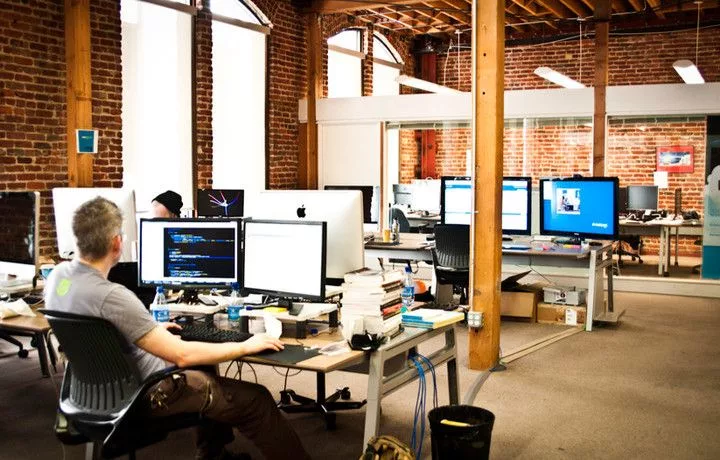The evolution of business is tangible nowadays, with many new business sectors and a lot of new office setups. The tech sector perhaps best exemplifies these changes. A wide array of startups and enterprises embrace different work cultures, spaces setups, and organizational procedures. Being naturally “less formal” than other business spheres such as finance, for example, a typical tech environment would be the absolute perfect fit for what concerns setting up all-inclusive workspaces. Let’s analyze why.
The definition of all-inclusive, applied to tech
The tech field is known for being, as said above, a bit more relaxed within its development branches, in particular. This, compared to corporate environments, empowers the diversity of each employee, under every possible term, ranging from their outfit to their behaviors and social interactions with their colleagues. The definition of an all-inclusive workspace, in fact, states the importance of acknowledging each worker’s differences within a working environment. A bright example of the matter would be Google. In many interviews and viral videos such as “A Day In The Life of A Google Developer,” we can see how international the company’s teams are, destroying the language barrier which would naturally create communication problems.
The power of communication, also via code
A common trend — as stated by many managers within the tech sphere and, more precisely, within development teams (both front end and backend) — is related to the lack of communication between employees, which leads to errors that could have been easily avoided. Stepping aside from dividing employees and by combining their workflows in teams (also known as the Microsoft model), it’s possible to dodge these errors by connecting related work spheres together. Communication within tech businesses and their development branches is vital, as it empowers each individual employee’s strengths and tames his or her weaknesses. An interesting fact still applied to Google developers is that, when the language barrier blocked them from having any sort of conversation, they switched to code in order to successfully communicate.
To conclude
An all-inclusive workspace isn’t just related to having open-space offices, long desks, and team bonding events. It’s a matter of communication and respect of each employee’s diversity. In fact, especially within tech businesses, the need for social interactions are much needed and will, in the longer run, impact a lot of your team’s behaviors, connections and, most importantly, performances. For example, in the U.K., recently nominated as the European technological powerhouse, some app developers applied all of the above-mentioned principles to flexible working hours — winning a series of awards for their HR and work-life culture.




